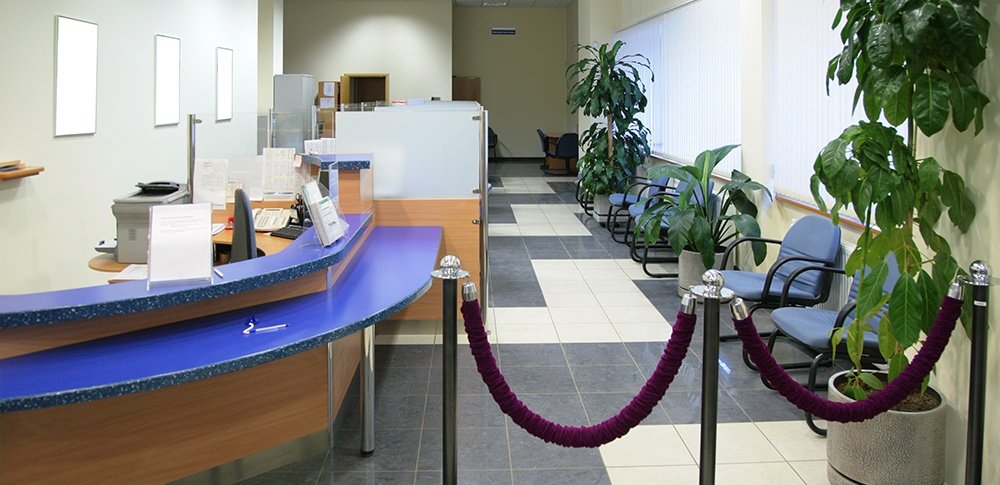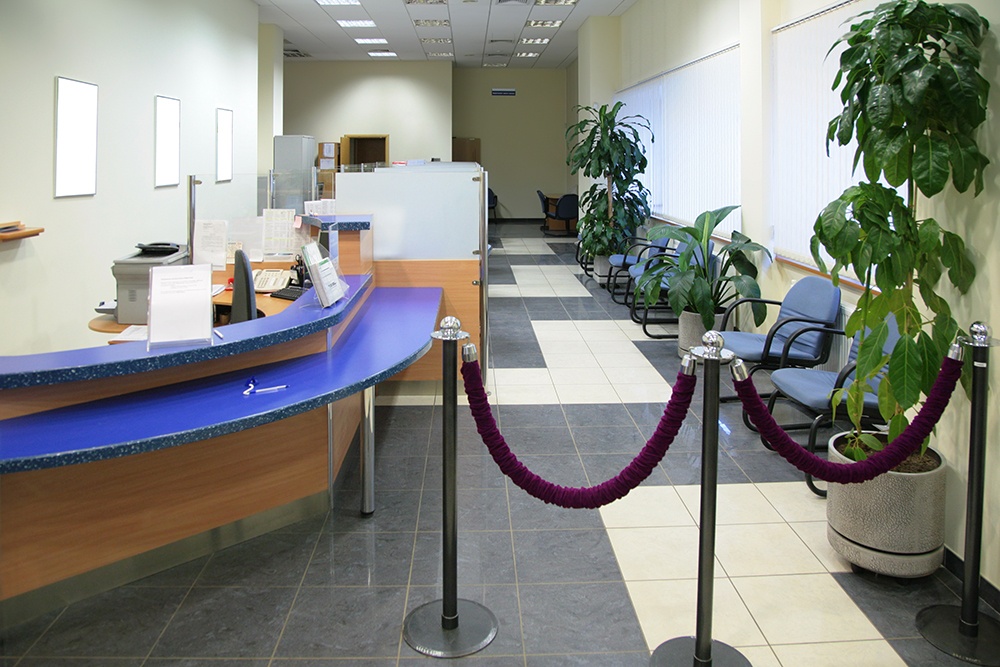
Digital screens are changing how banks engage with customers and meet their financial needs. Because they are informative, entertaining, and a strong sales tool, digital screens help banks avoid losing customers and missing opportunities to sell to existing ones.
Digital signage is the future, so if you’re still using traditional communication methods, your bank could get left behind. Here are eight ways your bank is missing out by not using digital screens.
1. You’re Not Promoting Your Bank’s Products and Services
One of the main objectives banks have is upselling customers or finding additional opportunities to engage with them financially. For example, a customer who has a checking account might be able to take out a credit card through the bank, receive favorable interest rates, or set up a retirement investment account with the bank’s financial partner.
Using digital screens, banks can teach customers about their products and services to increase sign-ups and sales.
Your existing customers are significantly easier to sell to than new ones. Some conversion rate experts estimate that repeat customers have a 60-70% chance of converting, while others have found that a repeat customer is nine times more likely to convert than a first time customer.
Not only are existing customers easier to sell to; they also spend more money. So, focusing on these people within your bank can grow your profits and average customer engagement. Through education, digital signage can turn existing banking customers into investors, loan applicants, and credit card holders. Spectrio estimates that customers see an ROI increase of up to 30% by adding digital signage to their organizations by upselling customers and increasing their engagement.
You’re already bringing customers through the door to bank with you, why not help them find other services to achieve their financial goals?
2. You’re Not Sharing Information About Your Bank
Along with upselling existing customers, banks also work to lure in new customers. Branding is key to communicate trust, respect, and competency in handling customer money. Without the right branding, new customers might choose to bank with another institution where their needs are met.
A recent survey of banking customers highlighted exactly what people want when they meet with their financial institutions. A few important expectations include:
- Knowing exactly what services customers need and can use.
- Respecting customers regardless of their financial situations.
- Listening to customer problems and concerns in order to address them thoroughly.
- Being honest about their financial states and proving they can trust you to help them.
Using digital screens can help you build trust by sharing information about your bank, brand, and staff. It can discuss services meant for specific customers to meet their needs and convey respect and care by addressing their concerns. This branding can go a long way toward turning potential leads into loyal customers for years to come.
3. You’re Not Decreasing Perceived Wait Times
The average customer isn’t willing to wait more than 10 minutes for service. If your customers are stuck in line or waiting for a representative for 15, 20, or even 30 minutes, they’re likely to leave without solving their problems. They might return later, or they might find another bank that can resolve their issues for them.
One way to keep customers patient and engaged is to entertain them and decrease their perceived wait time. Customers who have something interesting to pay attention to have longer attention spans and are more relaxed while they wait.
By using digital screens and private label TV, banks can stream TV channels like ESPN or the Today Show, distracting customers and increasing their patience for wait times.
Not only will this decrease lost business because of frustrated customers, but it will also boost customer moods when they meet with your associates.
4. You’re Not Using Digital Screens to Communicate Wait Times
Along with entertaining customers, digital signage can also help brands share average wait-times. If the average customer wait is 20 minutes, banks can encourage customers to return during non-peak hours, let customers know when their wait-time is almost over, and guide customers to different options if they don’t want to wait.
Banks can also use interactive touchscreens where customers sign in and receive a notification or announcement when it’s their time to meet with a teller or banking associate. Instead of standing in line or waiting around the bank, customers can sit in a more relaxing environment or run a quick errand while they wait.
Digital signage provides clarity to customers and bank employees for how long customers have to wait.
Some banks even use this signage to improve their operations processes. When lines get long, the bank will open another teller booth to increase the number of customers who can be helped each hour — decreasing wait times. Bank managers can also look at waiting trends and add staff on days and times when there will be more people. When bank operations are smoother, customers wait less.
5. You’re Not Changing Your Brand Messaging Seasonally or Daily
Bank managers love using digital screens because of their flexibility. You can change your messages weekly, daily, and even hourly if that’s what is best for your business. If you need to communicate important information or want to promote specific products, all it takes is a quick design upload to share the message.
Traditional signage requires lengthy printing times and can be expensive. Plus, bank owners are limited to how much space they have in the building to share their information.
With digital signage, you can switch between messages (and how long they’re displayed) without choosing certain pieces of information over others.
6. You’re Not Managing Your Content as Efficiently as Possible
Digital signs can be a great boon to efficiency at your branch, so long as you use them the right way. Make sure that you’re taking advantage of every function of your digital signage that makes sense for you.
For instance, your signage software likely includes automation features, helping you to customize your sign to the day of the week or time of day without lifting a finger. That way, you can get a better return on your investment while saving time in the long run.
7. You Aren’t Connecting Your Content to Your Key Marketing Objectives
Don’t just load your signs up with the first content that pops into your head. Think about what your key marketing objectives are, then let those guide you.
For instance, many banks and credit unions benefit from targeting millennials with their signage. Millennials are at the beginning of a lifetime of big-ticket purchases, and they’re also very aware of signage – 70% of millennials reported being aware of the signage around them, and 27% said they took action based on what they saw there.
Digital signs are also a great place to promote local campaigns. If you’re rolling out the same messaging across every single branch of your bank, consider customizing some of this content to each branch’s market. Doing so will signal to your customers that you’re part of their community, even if you operate nationally.
8. You’re Not Thinking About ROI
95% of retail banks with digital signage report being satisfied with the deployment of their digital signage, but only a fraction actually measure the return-on-investment that they get from their signs.
While digital signage ROI is not always easy to measure, there are a few factors you should at least be aware of. Weigh the costs of your signage against the savings you’ve realized from reducing print production costs. Consider also the money you can save by repurposing content from other media for your signage, including commercials, advertisements and even social media posts.
Finally, consider the value of agile messaging across all of your branches. With digital signage, you’re able to quickly and reliably share the right content across all of your locations with the click of a button. This ability ensures that your branding stays consistent, that your customers are being exposed to the right messages and that you’re able to keep up with seasonal trends. The value of this efficiency alone is often why financial institutions choose to implement digital signage in the first place.
Bring Digital Screens to Your Financial Institution
Digital signage has the ability to improve your customer experience while growing your sales and new customer base, so why would you ignore it? Investing in this marketing tool can benefit both your employees and customers while growing your brand. A small investment could have large dividends, which makes good business sense in our book.
If you’re ready to add digital screens to your bank or financial institution, set up an appointment with one of Spectrio’s team members to discuss your options and goals. Or, download our free ebook to get answers to all of your most pressing questions.
